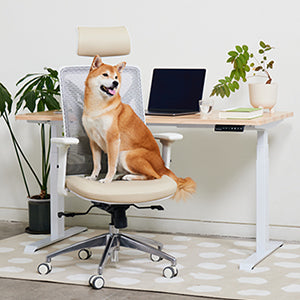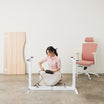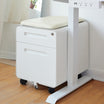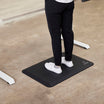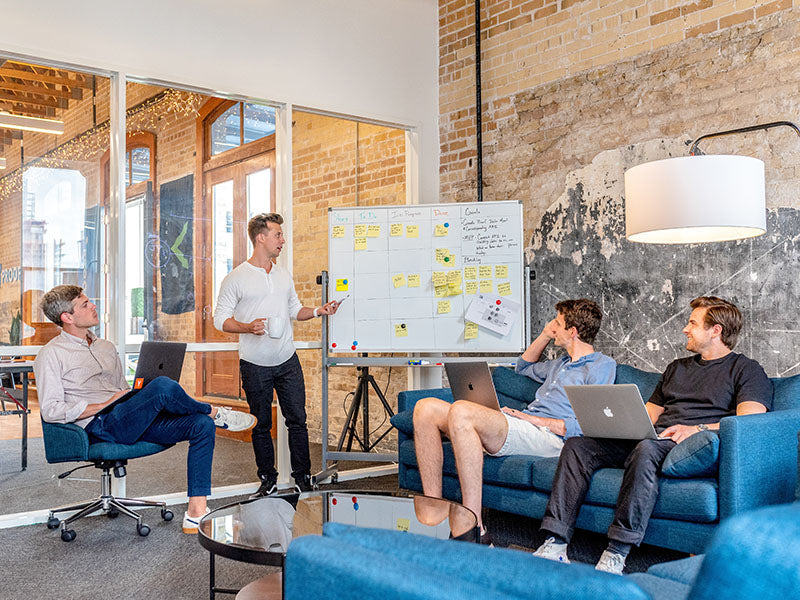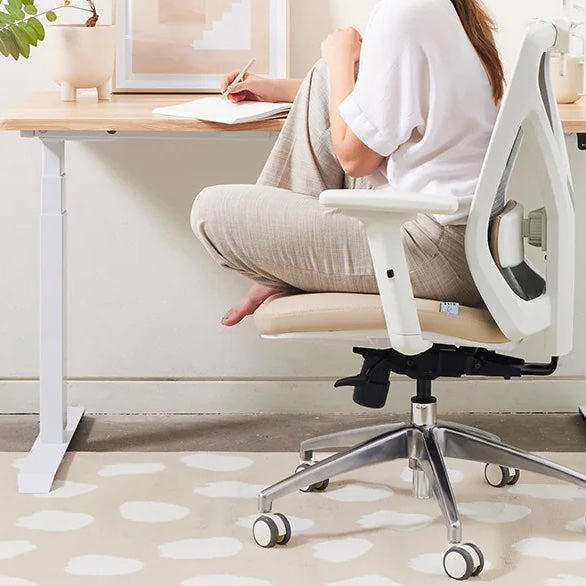As the world looks to open up amidst continued uncertainty relating to the COVID-19 pandemic, leaders at offices big and small look to decide when—and if—they’ll open their doors to welcome employees “back” to work. For some, workdays have been opened up for more flexible work locations where already employed workers are able work from home or set up shop elsewhere.
For others, workdays have been shortened in order to preserve energy for cleaning crews who are tasked with disinfecting office spaces before workers return.
And where many of these CEOs, people operations leaders, and leading enterprises are ending up is something kind of in the middle. Called “hybrid” by many, balancing work locations between their home office and headquarters.
However, is hybrid really the right answer?
As more of the world's work moves online, some companies are seeing an increase in productivity and a decrease in turnover—all without having to pay for a brick-and-mortar office.
What if work didn't have to take place in a physical location? What if work could happen on a laptop at a beach house or on a train headed to another state? Would work be as effective as it is right now with offices and cubicles? Or would work be even better if those who were once tethered to their work spaces were suddenly able to enjoy new freedom from nine-to-five work hours and commute times?
What if they are looking for a hub to visit for work-related purposes—be it a meeting or a collaboration session? They could use an office space to work on a specific challenge—and work elsewhere when they don’t need the special space. In this sense, work is a resource. It’s there when workers need it, but not required to get work done.
Any work done away from the office, outside of work hours—when work demands extend beyond what can be completed sitting at a desk over an eight-hour period—becomes work-from-home.
Such work is not just for freelancers anymore; there are actual jobs that require working while on the move or working while traveling. According to one recent survey, almost half of companies reported making employees work outside the office in 2011—up 8 percent from 2010.
The company’s expectations need to extend beyond providing laptop computers and smartphones to its workforce by giving workers tools to get work done wherever they are. To do that, employers must reevaluate how their workplaces should change to both fit team interactions and individual heads down work.
The Office Model is Outdated
The Co-COO of JPMorgan Chase, Daniel Pinto, told CNBC that he saw a zero percent chance of 100 percent of people going back to the office 100 percent of the time.
The office as we know it, that runs from 9am to 5pm at headquarters will not be coming back. Prior to the pandemic, employees would go to open concept workplaces to email and message colleagues virtually, despite being in the same office. Many people would have headphones on so they can drown out the noise of others on phone calls. Some would even head home so that they could be more productive and avoid the chit chat.
Despite this obvious elephant in the room, work from home was not widely accepted by executives and therefore the status quo continued. With covid-19, this trend has accelerated and it is hard to imagine going back to full time in the office. The hybrid workplace is here to stay with a combination of a home office setup along with a headquarters for collaboration and interviewing.

